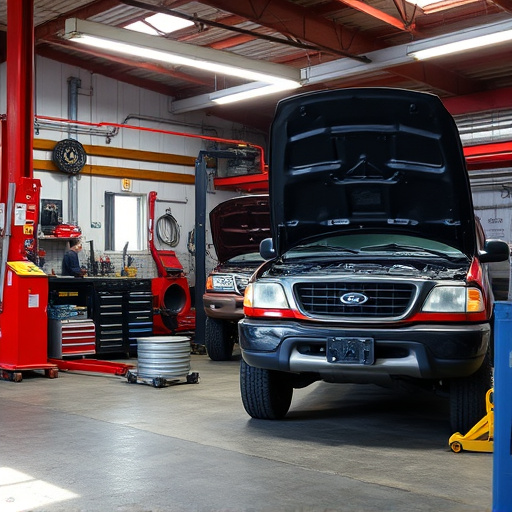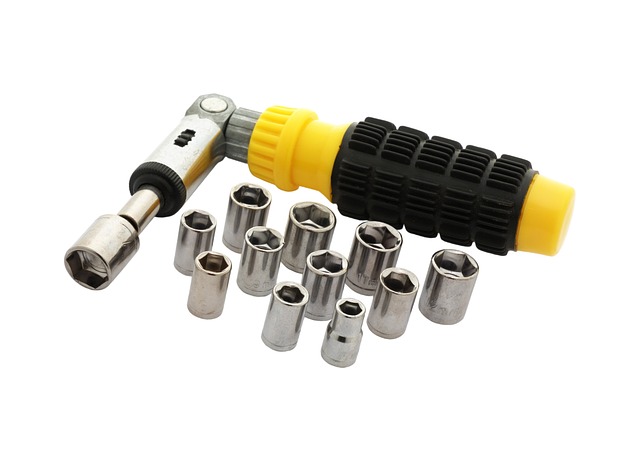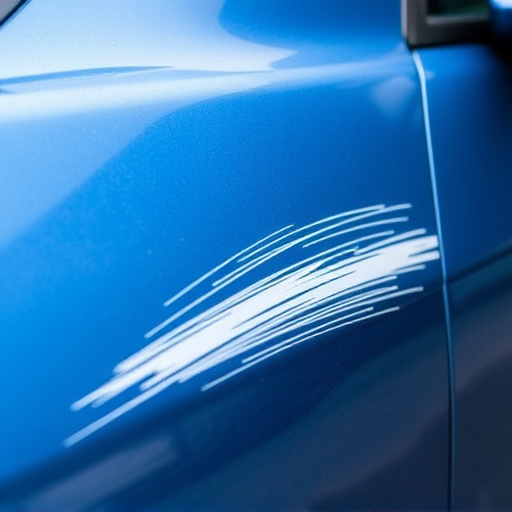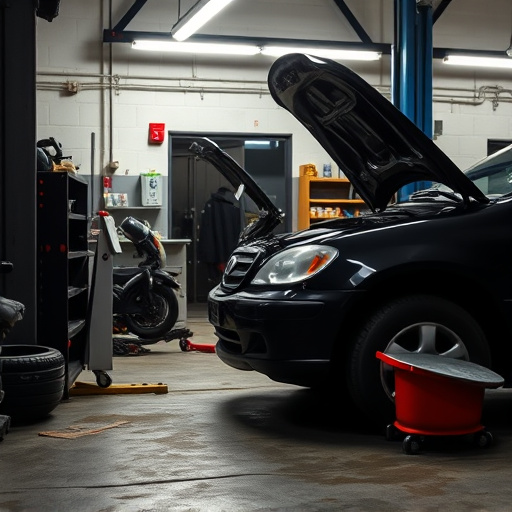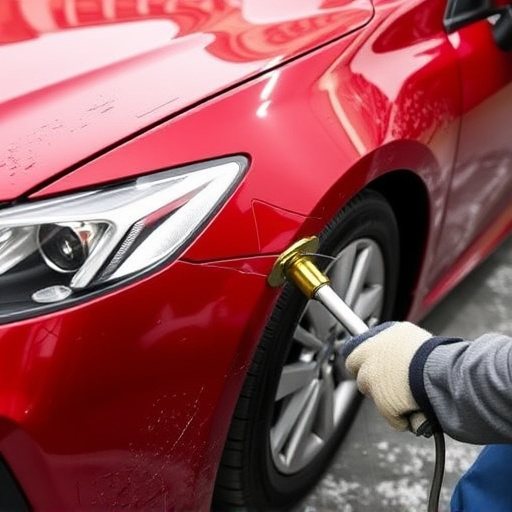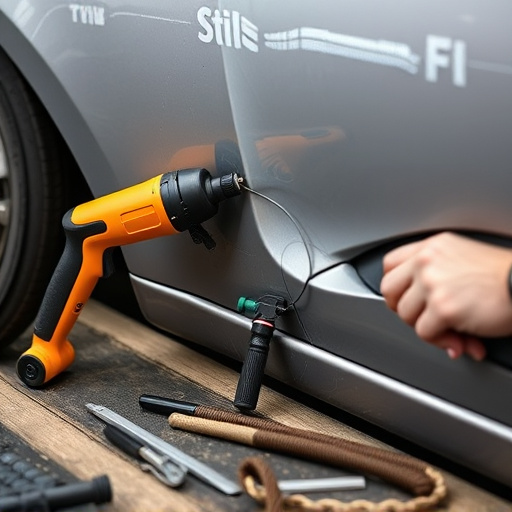Sustainable collision centers play a key role in environmental stewardship by reducing waste and conserving resources through recycled materials like reforged metal, plastics, and repurposed tires. These eco-friendly practices minimize carbon footprints, support circular economies, and enhance centers' reputations. Long-term benefits include lower costs, reduced impact, and positive social effects, making them a promising model for the industry with growing adoption in car body repairs.
In today’s eco-conscious world, sustainable collision centers are not just a trend but a necessity. This article explores how recycled materials play a pivotal role in reducing waste and fostering environmental stewardship within these facilities. We delve into practical strategies that make collision centers more eco-friendly, examining their significant positive impact on both the local ecosystem and global efforts toward sustainability. Prepare to discover innovative approaches that transform these centers into green oases.
- Reducing Waste: The Power of Recycled Materials
- Sustainable Practices in Collision Center Operations
- Environmental Impact: A Greener Future for Repair Shops
Reducing Waste: The Power of Recycled Materials

In the quest for a greener future, sustainable collision centers are at the forefront of waste reduction and resource conservation. One of the most significant steps in achieving this is embracing recycled materials. By utilizing recycled content, these facilities can drastically cut down on the amount of waste generated from automotive repairs and crashes. For instance, recycled metal from damaged vehicles can be reforged into new auto parts, reducing the demand for primary metal production, which often relies on energy-intensive processes and contributes to environmental degradation.
Moreover, incorporating recycled materials in collision repair centers extends beyond metal. From recycled plastics used in interior components to repurposed tires transformed into flooring or building materials, every element of a sustainable collision center tells a story of innovation and responsibility. This approach not only minimizes the carbon footprint but also promotes a circular economy where resources are continually reused and repurposed, ensuring that even post-crash materials find new life, benefitting both the environment and the community.
Sustainable Practices in Collision Center Operations
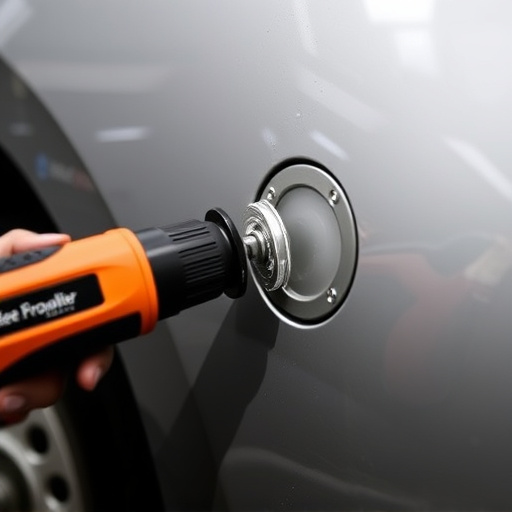
In the pursuit of making collision centers more eco-friendly, sustainable practices are being integrated into daily operations. These include a shift towards using recycled materials for vehicle restoration and auto body repair, which reduces waste and minimizes the environmental impact. By adopting these methods, collision repair centers can play a significant role in promoting sustainability without compromising quality.
Additionally, efficient waste management strategies, such as recycling metal scraps and repurposing used parts, contribute to the overall reduction of resources needed for production. These sustainable practices not only benefit the environment but also reflect positively on the auto body shop’s image, appealing to environmentally conscious customers. In terms of long-term benefits, a sustainable collision center can expect lower operational costs, reduced carbon footprint, and a more positive social impact.
Environmental Impact: A Greener Future for Repair Shops

The automotive industry, including collision centers, has traditionally relied on virgin materials, contributing significantly to environmental degradation. However, there’s a growing trend towards adopting recycled materials in sustainable collision centers, offering a greener path for auto body services and car restoration. This shift is not just an eco-friendly initiative but also a strategic move to reduce costs and minimize the carbon footprint associated with manufacturing new parts.
By utilizing recycled materials in car dent repair and other automotive repairs, these facilities can significantly cut down on energy consumption and waste generation. For instance, recycled metal from old cars can be melted down and used for new components, reducing the need for mining and refining virgin metals. Similarly, recycled plastics from various sources can replace traditional petroleum-based materials in numerous parts, fostering a more sustainable approach to collision repair while promoting a circular economy.
By embracing recycled materials and adopting sustainable practices, collision centers can significantly reduce their environmental impact and contribute to a greener future. The benefits extend beyond waste reduction; it also fosters a more responsible and forward-thinking approach to auto repair, ensuring these facilities are not just eco-friendly but also economically viable in the long run. As the demand for sustainable solutions grows, collision centers that prioritize these practices will be well-positioned to lead the industry towards a greener future while offering top-notch services within their communities.

